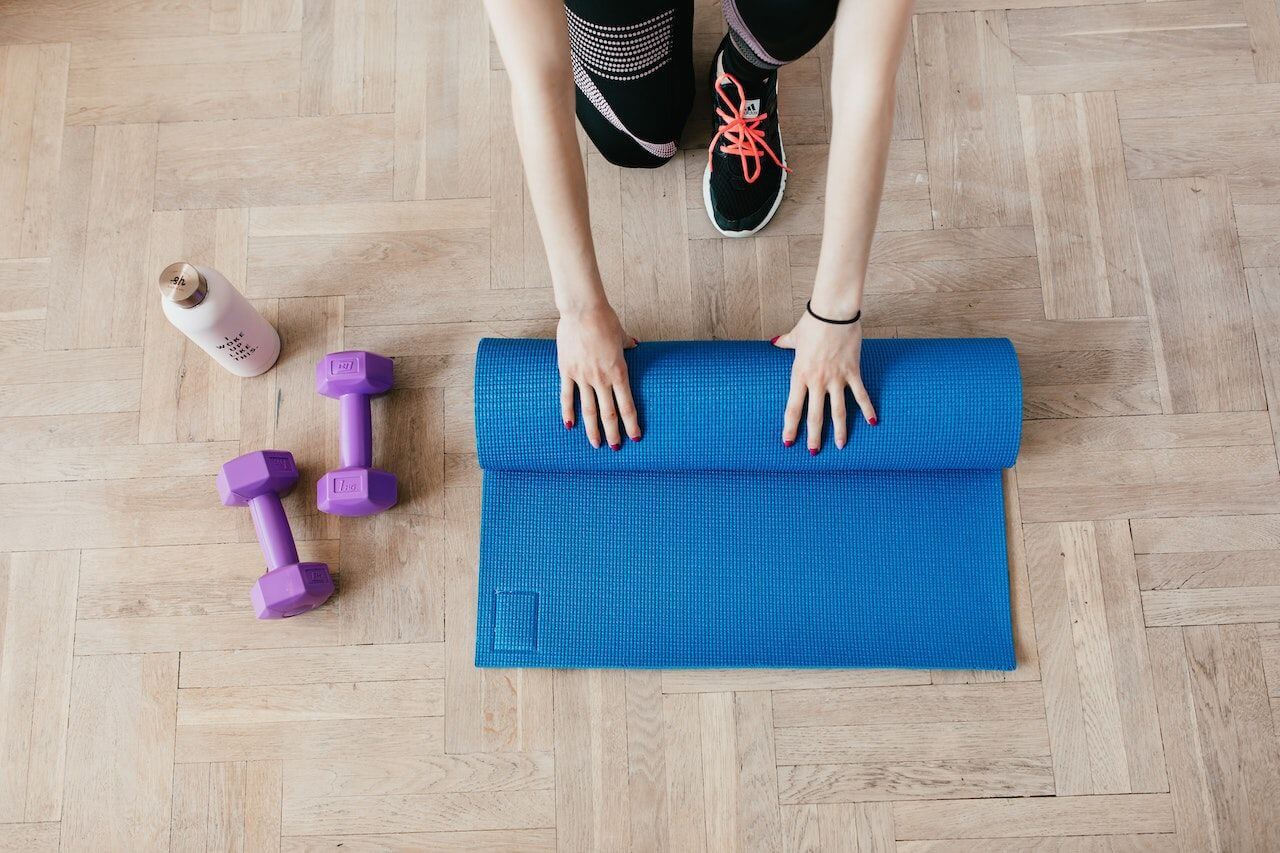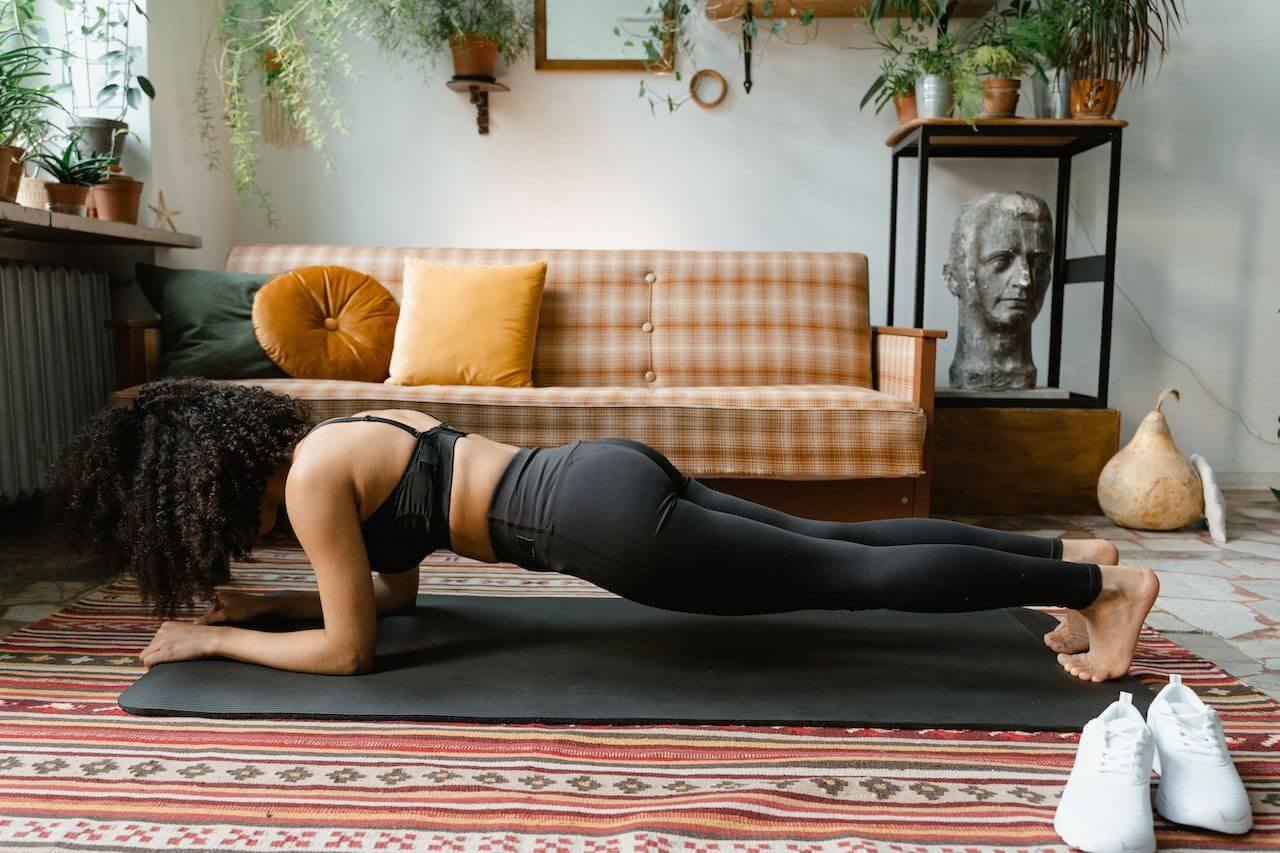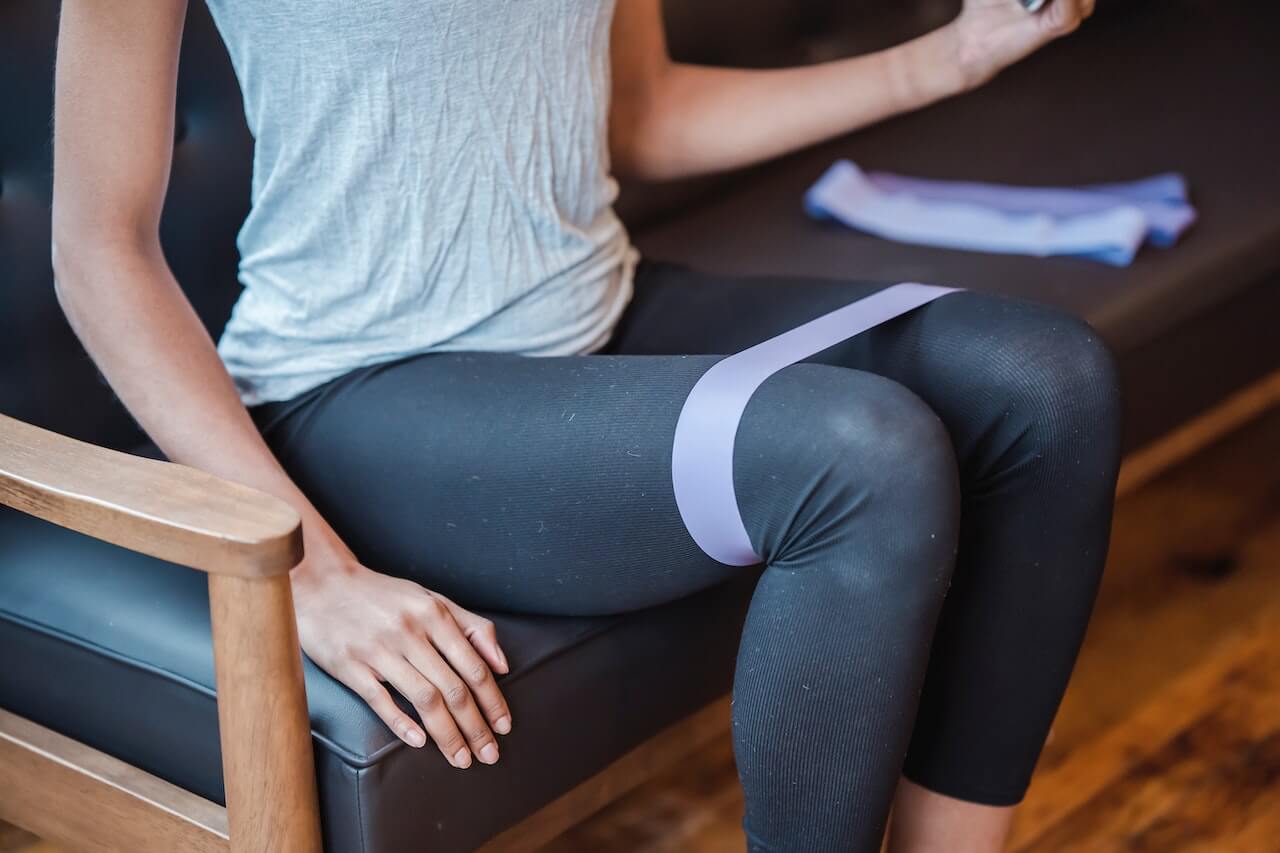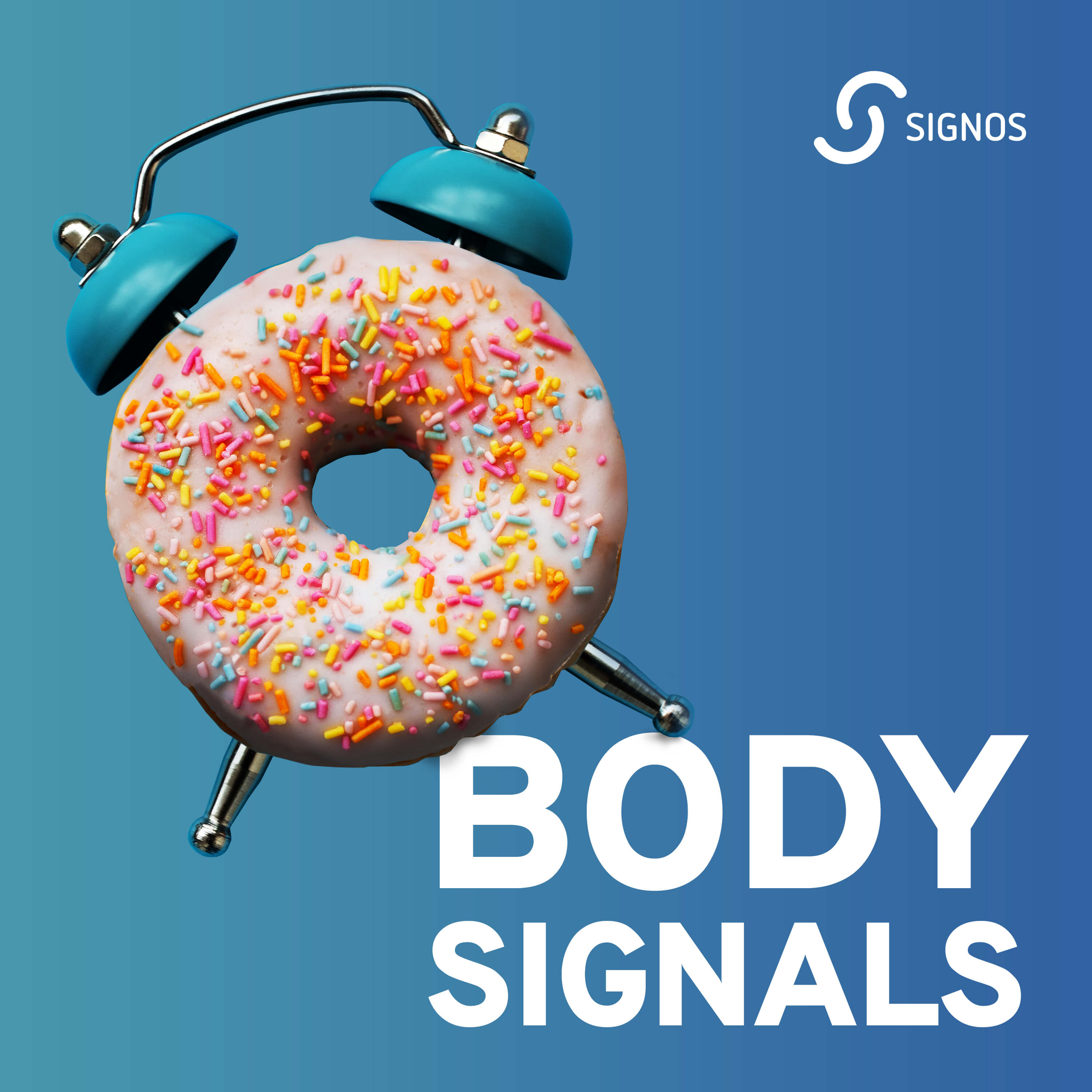Resistance bands, often called exercise bands or fitness bands, are simple yet highly effective tools used in the fitness and rehabilitation industries to help build strength and mobility. They are typically made of rubber or latex and come in various shapes, sizes, and resistance levels. These bands are designed to create heavier resistance when stretched to their maximum, making them different from dumbbells that maintain the same “resistance” or weight.
Resistance bands were initially developed for use in physical therapy and rehabilitation settings; however, they’ve found a prominent place in mainstream fitness and weight loss programs over the years.
In this article, we'll explore the effectiveness of resistance band workouts for weight loss and how you can use them safely for your fitness and weight loss goals.
Types of Resistance Bands
Resistance bands come in various types, each offering unique advantages to cater to different fitness needs and ability levels.
Here are just a few common types you can use in your next workout:
- Loop bands: These are closed-loop bands that resemble a large rubber band or circular loop. They are excellent for lower-body workouts and upper-body exercises. Loop bands are convenient for travel and versatile to use wherever you are.
- Tube bands (with handles): Tube bands consist of a tube with handles attached to either end. They are suitable for various exercises, including bicep curls, chest presses, and rows. The handles provide a secure grip, making them easier to use than other resistance bands.
- Therapy flat bands: These bands are flat, wide strips without handles or loops. They are often used for physical therapy and rehabilitation exercises because they are versatile, can be tied to create loops, and can be used for dynamic stretching.
- Figure 8 bands: Figure 8 bands are shaped like the number eight and are perfect for upper body exercises like lateral raises, front raises, and chest flies. Their unique design allows for controlled movement and isolation of specific muscle groups of your shoulders, arms, and upper back.
- Pull-Up assist bands: These bands are thicker and more robust than other resistance bands, designed primarily to assist with pull-up and chin-up exercises. You can also use these larger resistance bands to perform deadlifts, squats, and stretching. Using these bands for more difficult movements like pull-ups helps users maintain proper form while gradually building strength.
Choosing the right type of resistance band depends on your fitness goals, the muscle groups you want to target, and your personal preferences. Combining different types of resistance bands in your workout routine can add variety and help you achieve a well-rounded fitness regimen that supports your goals, whether it's muscle building, weight loss, or improved overall fitness.
{{mid-cta}}
Pros and Cons of Resistance Bands
Benefits of Resistance Bands
Whether you're a beginner looking to improve your strength or an experienced athlete seeking to diversify your workouts, resistance bands can be a valuable addition to your fitness routine. Here are some key benefits:
- Portability: Resistance bands are lightweight and portable, making them a perfect choice for people who prefer to work out at their home gym or on-the-go. They can easily fit into a bag or suitcase, enabling individuals to maintain their fitness routines while traveling or in limited spaces.
- Affordability: Resistance bands are a cost-effective alternative to traditional gym equipment. They offer various resistance levels while catering to various fitness levels and budgets. Most come in sets of three to five bands for as little as $13.
- Less chance of injury: Resistance bands generally provide a low-impact workout, meaning they are gentler on your muscles and joints compared to high-impact activities like running or plyometrics. This characteristic makes them suitable for individuals with joint issues, older adults, or new to exercise.
- Versatility: These bands can be used to perform various exercises, from basic muscle-building movements like bicep curls and squats to more complex routines like Pilates and yoga. They allow users to target multiple muscle groups and create a well-rounded workout regimen.
- Improved muscle engagement: Despite their simplicity, resistance bands are incredibly effective at engaging muscles throughout the entire range of motion. They create tension when stretching and releasing, maximizing muscle activation and growth.

Downsides of Resistance Bands
While resistance bands are a valuable fitness tool, it's important to acknowledge their limitations and potential drawbacks:
- Bands can break: Resistance bands can wear out or lose their elasticity over time, so they must be replaced periodically. Low-quality bands are more prone to breaking, potentially causing injuries.
- Not ideal for maximal strength: While resistance bands can promote muscle growth and strength, they may not be the best choice for those solely focused on powerlifting or bodybuilding, where lifting extremely heavy weights is the primary goal.
- Learning curve: Proper form is essential when using resistance bands to avoid injury. Beginners might require guidance and practice to perform exercises correctly. It can be challenging to maintain proper tension and alignment throughout certain movements.
- Hard to measure: Because a resistance band will change its resistance as it stretches and relaxes, it can be tough to measure exactly how much weight you are using during an exercise.
Despite these potential downsides, resistance bands remain a valuable and effective fitness tool for many individuals. Their versatility, affordability, and ability to provide an effective full-body workout while being gentle on the joints make them valuable for achieving various fitness goals, weight loss, and maintaining overall health and well-being.
How Effective Are Resistance Bands?
Resistance bands are an effective tool for promoting weight loss and muscle building, which is why they have become popular in the fitness world. Here are some ways in which using resistance bands can help shed extra pounds and put on more muscle:
- Burning Calories: Resistance band workouts can elevate your heart rate and increase calorie expenditure during and after workouts. While they may not burn as many calories as high-intensity cardio exercises like running, they still provide an effective calorie-burning option, especially when combined with other strength training movements and cardio.1,2
- Muscle Toning: As you perform resistance band exercises, you engage multiple muscle groups, helping to sculpt and define your physique. Toned muscles contribute to an overall leaner appearance, which can be especially motivating for those looking to lose weight.3,4
- Increasing Metabolism: While using resistance bands to build lean muscle mass, your resting metabolic rate naturally increases. This means you'll burn more calories even when you're not exercising, which can support weight loss efforts by creating a calorie deficit.1,2
- Full-Body Muscle Engagement: Most resistance band workouts tend to incorporate more functional, full-body movements. This helps you build more muscle throughout your entire body in a very time-efficient way.3,4
What about when you experience an injury? This can be very challenging, especially as it takes you away from your fitness or weight loss goals. However, resistance bands have been used for many years within the rehabilitation setting, making them a perfect tool for maintaining fitness and reducing muscle atrophy while injured.
Resistance bands provide a safe, controlled, and customizable way to maintain your fitness, support recovery, and prevent muscle atrophy while minimizing the risk of further injury or discomfort. Consult with a healthcare professional, certified personal trainer, or physical therapist before starting any exercise routine while injured to ensure that the chosen exercises are appropriate for your specific condition and stage of recovery.
How to Use Resistance Bands? Here Are Our Tips
Resistance bands can be an effective and safe way to enhance your fitness routine, but it's essential to ensure proper technique and precautions to minimize the risk of injury.
Here's a list of tips for using resistance bands:
- Choose the Right Band: Select a resistance band with the appropriate tension for your fitness level and the exercise you plan to perform. Bands typically come in various levels of resistance.
- Start Slowly: If you're new to resistance bands, start with lower resistance and gradually increase it as your strength improves. Avoid overstretching the band, as it can snap and cause injury.
- Proper Warm-Up: Begin your workout with a proper warm-up to prepare your muscles and joints for exercise. Perform dynamic stretches or low-intensity cardio to increase blood flow and flexibility.
- Maintain Proper Form: Pay close attention to your form during exercises. Maintain proper posture, engage your core muscles, and use controlled, deliberate movements to prevent injury.
- Breathe Properly: Maintain a steady and controlled breathing pattern throughout your exercises. Don't hold your breath, which can lead to increased blood pressure and decreased oxygen flow.

5 Resistance Band Exercises To Try
Try these muscle-burning exercises for about two to three sets of 8 to 12 reps, giving yourself about 30 to 60 seconds of rest between each set and between each exercise. Make sure to pick a lower resistance band if you are just starting resistance-based exercise, and increase the band's tension as you get stronger. It is best to focus on resistance-based exercise two to four days a week to see optimal fitness and weight loss results.
- Squats: Using a long resistance band, stand on the center of the resistance band with your feet hip-width apart. Hold the band at shoulder height with your palms facing forward. Brace your core and push your hips back, bending your knees to lower into a squat. Push through your heels to stand back up, straightening your legs.
- Deadlifts: Start in the same position as you would for squats. Hold the band down by your hips, and start with a high amount of tension on the band. Brace your core and push your hips back as you hinge at the waist, keeping your spine neutral. You should have a slight bend in your knees but still feel elongated through the back of your legs. Once your torso is near parallel with the floor, use your glutes and hamstrings to help push your hips forward as you return to a standing position.
- Bicep Curls: With the longer resistance band still underneath your feet, hold the band with both hands, keeping your palms facing upwards and arms fully straight. Keep your elbows close to your sides, and curl the band upward by bending your elbows. Squeeze your biceps at the top of the movement, then slowly lower the band back down to your sides.
- Standing Rows: Attach a longer band to a door knob or secure anchor at home or the gym. Stand far enough away from the anchor so that your arms start fully extended with a medium amount of tension on the band. Begin by bending your elbows and squeezing your shoulder blades together as you pull the band with both hands toward your torso. Your elbows should point behind you and stop slightly past your rib cage. Slowly and in a controlled manner, extend your arms, allowing the resistance band to stretch back to its original length and your arms to end in the starting position.
- Chest Press: With a longer band attached to a secure anchor, stand about one to two feet away with your back to the anchor point, ensuring there is enough tension in the band when your arms are fully extended. Your elbows should be bent at a 90-degree angle, and your hands should be at chest level. Push both hands forward and away from your chest while keeping your wrists straight. Fully extend your arms without locking your elbows. Focus on squeezing your chest muscles as you push the handles forward. Slowly and in a controlled manner, bend your elbows to bring your hands back to chest level, resisting the pull of the resistance band, and return to the starting position.
Learn More About How to Achieve Better Health Through Exercise with Signos’ Expert Advice.
If you have more questions on improving your health, fitness, and nutrition, seek the expert advice of the Signos continuous glucose monitor and Signos team. A continuous glucose monitor (CGM) can give you the insights to make smarter nutrition and exercise choices. The Signos app provides a unique, personalized program to help you lose weight and reach your health goals. Take this quiz to see if Signos is a good fit for you and reach your goals faster than ever before.
- Item 1
- Item 2
- item 3
Topics discussed in this article:
References
- Son, W. M., & Park, J. J. (2021). Resistance band exercise training prevents the progression of metabolic syndrome in obese postmenopausal women. Journal of sports science & medicine, 20(2), 291.
- Son, W. M., Pekas, E. J., & Park, S. Y. (2020). Twelve weeks of resistance band exercise training improves age-associated hormonal decline, blood pressure, and body composition in postmenopausal women with stage 1 hypertension: a randomized clinical trial. Menopause, 27(2), 199-207.
- McGinley, S. K., Armstrong, M. J., Boulé, N. G., & Sigal, R. J. (2015). Effects of exercise training using resistance bands on glycaemic control and strength in type 2 diabetes mellitus: a meta-analysis of randomised controlled trials. Acta diabetologica, 52, 221-230.
- Joy, J. M., Lowery, R. P., Oliveira de Souza, E., & Wilson, J. M. (2016). Elastic bands as a component of periodized resistance training. Journal of strength and conditioning research, 30(8), 2100-2106.































